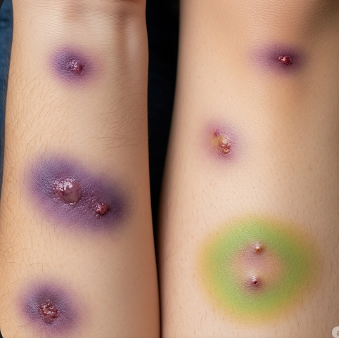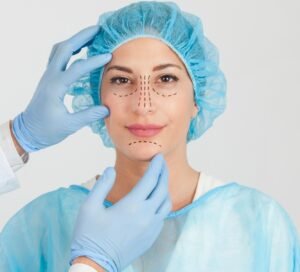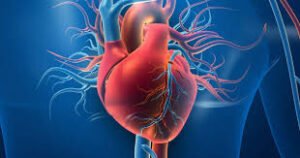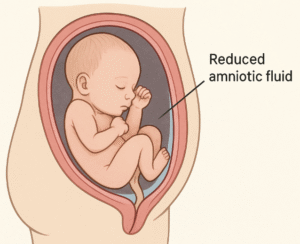Overview
Bruises, also known as contusions, are a common form of skin injury caused by trauma or impact, which damages small blood vessels beneath the skin. Blood leaks into the surrounding tissue, resulting in discoloration, swelling, and tenderness.
In Korea, bruises are treated in dermatology clinics, emergency care centers, and general hospitals, depending on severity. Korean healthcare emphasizes accurate assessment, symptom relief, prevention of complications, and patient education, especially for children, elderly patients, or individuals on blood-thinning medications.
What is a Bruise?
A bruise occurs when capillaries under the skin break, usually from a bump, fall, or trauma, without breaking the skin. The leaked blood accumulates in tissues, producing characteristic blue, purple, or black discoloration, which gradually changes to green or yellow during healing.
Types of bruises include:
- Subcutaneous bruises: Superficial, affecting the skin just beneath the surface
- Deep tissue bruises: Involving muscles or organs, often causing more pain and swelling
- Contusions from repeated trauma: Common in athletes or physically active individuals
- Medical condition-related bruises: Arising from blood disorders or medications
Symptoms
Bruises typically present with the following features:
- Skin discoloration: Initially red or purple, later turning blue, green, or yellow
- Tenderness or pain at the injury site
- Swelling or localized edema
- Stiffness or limited mobility if muscles are involved
- Warmth or mild inflammation in the affected area
- Rarely, larger or deeper bruises may cause more severe discomfort or restrict movement
The severity of symptoms depends on the size, depth, and location of the bruise.
Causes
Bruises are caused by trauma or underlying health issues:
- Direct impact or injury, such as falling, bumping into objects, or sports injuries
- Medical conditions, including bleeding disorders, hemophilia, or thrombocytopenia
- Medications, such as anticoagulants or corticosteroids, which increase bruising risk
- Aging, as older adults have thinner skin and fragile blood vessels
- Nutritional deficiencies, particularly vitamin C or vitamin K, affecting blood vessel integrity
- Infections or systemic conditions, such as liver disease, that impair clotting
Risk Factors
- Advanced age, leading to fragile skin and vessels
- Blood-thinning medications, including warfarin, aspirin, or heparin
- Chronic illnesses, such as liver disease or blood disorders
- Nutritional deficiencies, particularly vitamin C and K
- High-impact activities or contact sports
- Genetic predisposition to easy bruising
Complications
Most bruises are self-limiting, but complications may occur in certain situations:
- Hematoma formation: Large accumulation of blood requiring medical intervention
- Infection, especially if the skin is broken over the bruise
- Compartment syndrome in deep tissue bruises, leading to nerve or muscle damage
- Persistent discoloration or scarring in repeated trauma areas
- Underlying medical issues may go unnoticed if frequent bruising occurs
- Reduced mobility or functional impairment in severe muscle or joint bruises
Prevention
Preventive strategies focus on reducing trauma and strengthening blood vessels:
- Use protective gear during sports or high-risk activities
- Maintain a safe environment at home, particularly for children and elderly
- Monitor medications with your doctor if prone to bruising
- Ensure proper nutrition, including adequate vitamin C, vitamin K, and protein
- Exercise regularly to maintain muscle strength and coordination
- Avoid smoking and excessive alcohol consumption, which weaken blood vessels
- Manage underlying health conditions such as liver disease or clotting disorders
Treatment Options in Korea
Diagnosis
Diagnosis is usually clinical, but further evaluation is recommended for unexplained or recurrent bruising:
- Medical history including trauma, medications, and family history of bleeding disorders
- Physical examination to assess size, location, and severity of bruises
- Laboratory tests to evaluate platelet count, clotting factors, liver function, and vitamin levels
- Imaging (ultrasound, MRI) for deep tissue or organ involvement
Medical Management
Most bruises heal spontaneously within 1–2 weeks, but treatment can accelerate recovery and reduce discomfort:
- Cold compresses during the first 24–48 hours to reduce swelling and bleeding
- Elevation of the affected area to limit blood pooling
- Pain relief with acetaminophen (avoid NSAIDs if bleeding risk is high)
- Topical treatments such as arnica gel or vitamin K creams
- Compression bandages for larger or deeper bruises
- Surgical intervention is rarely needed, only for hematomas or severe tissue injury
Supportive Care
- Rest and avoiding strain on the affected area
- Gradual warm compresses after 48 hours to promote blood absorption
- Monitoring for signs of infection or worsening pain
- Education on preventing repeated injuries, particularly in children or the elderly
Prognosis
The prognosis for bruises is generally excellent, with most resolving completely within two weeks:
- Mild bruises heal without intervention
- Deep tissue or large bruises may take longer to resolve but usually recover fully
- Frequent or unexplained bruising warrants medical evaluation for underlying conditions
- Korean dermatology and emergency clinics provide effective treatment and guidance for faster healing, preventing complications, and managing recurrent cases
With appropriate care, preventive strategies, and medical guidance, bruises in Korea are effectively managed, ensuring rapid recovery, minimal discomfort, and reduced risk of complications.












